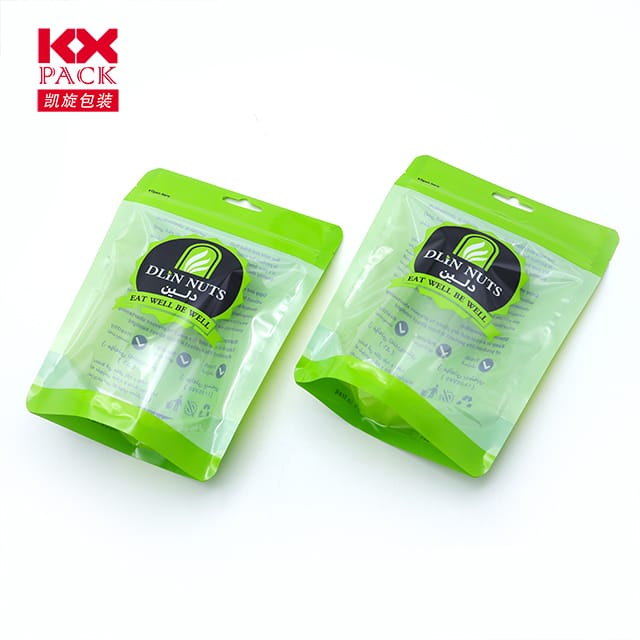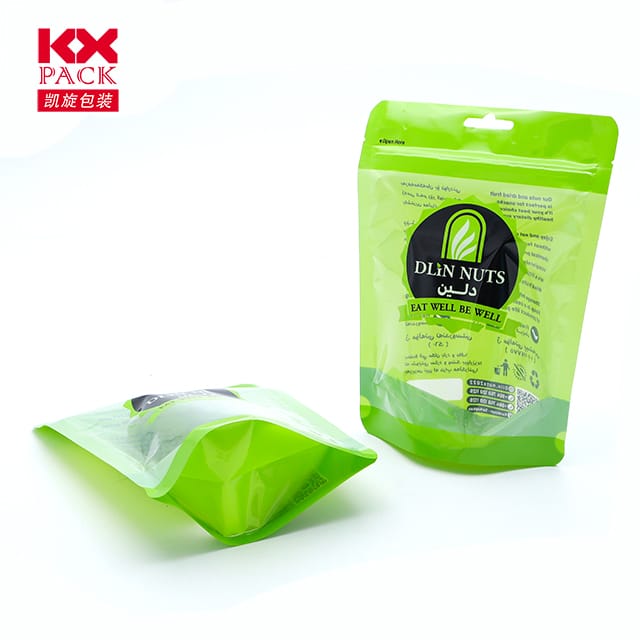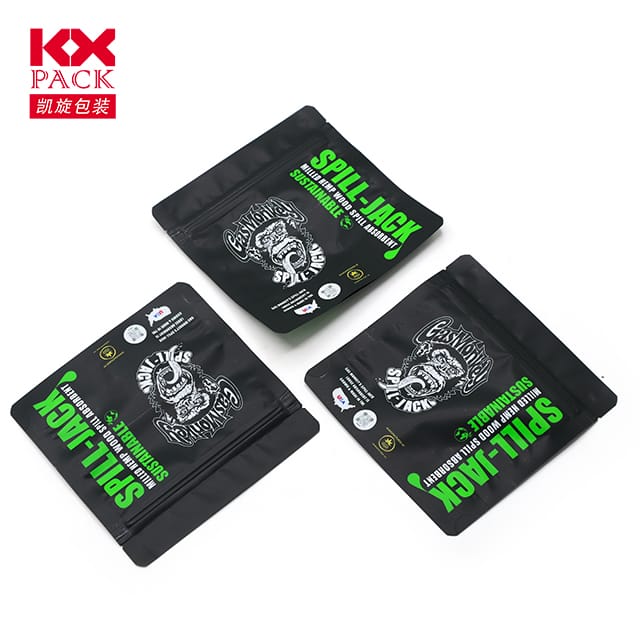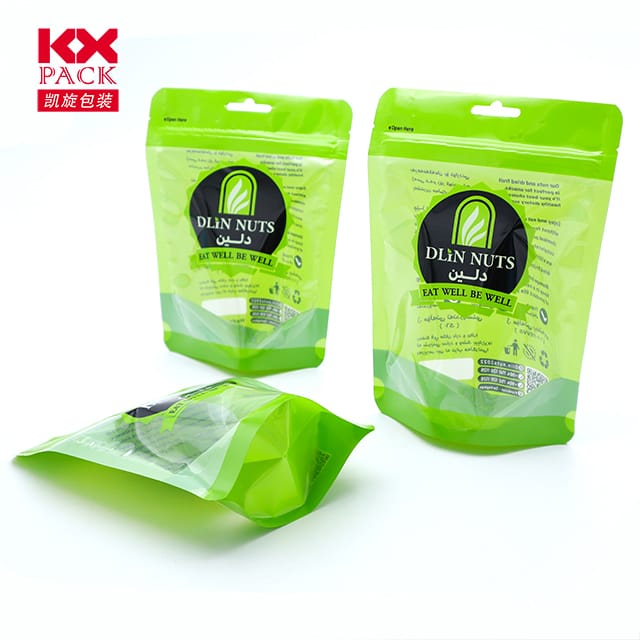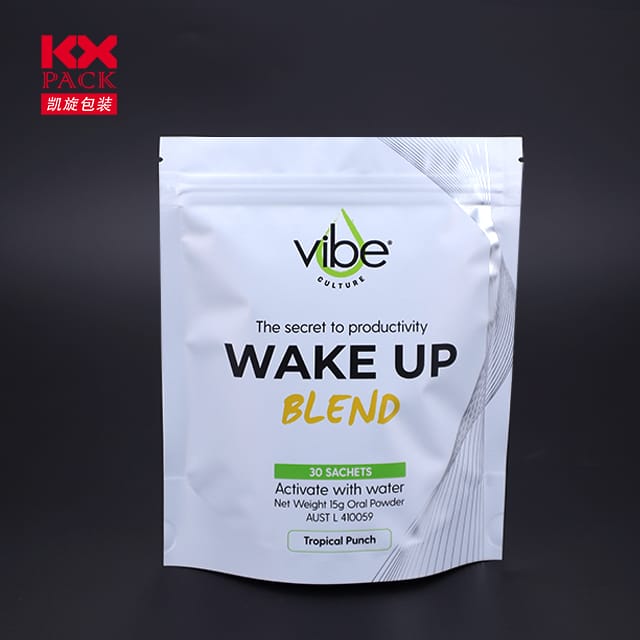灵活膜在食品包装中的演变和影响: 可持续革命(3)
灵活的电影
在当今快节奏的世界, 食品包装不再仅仅是关于遏制的,而是一门平衡保存的科学, 方便, 和可持续性. 在推动这种转变的创新中, 灵活的电影 have emerged as a game-changer in food packaging. 轻的, 多才多艺的, 和适应性, 这些材料正在重塑我们如何保护, 运输, 并食用食物. Let’s dive into why flexible films are revolutionizing the industry and what their future holds.
什么是灵活的电影?
Flexible films are thin, pliable materials made from polymers like polyethylene (体育), 聚丙烯 (聚丙烯), 聚酯纤维 (宠物), and biodegradable alternatives such as PLA (聚乳酸). These films can be laminated, coated, or printed to create packaging solutions tailored for specific food products—from snacks and fresh produce to frozen meals and beverages.
Their key advantages? Lightweight construction reduces shipping emissions, customizable barrier properties extend shelf life, 和flexibility allows for efficient use of space in packaging designs.
Why Are Flexible Films Dominating Food Packaging?
- 增强的保质期
Flexible films can be engineered with oxygen, 水分, and light barriers to prevent spoilage. 例如, high-barrier laminates keep coffee fresh, while modified atmosphere packaging (地图) films extend the shelf life of meat and cheese. - Sustainability Gains
Traditional rigid packaging often uses more material and generates higher waste. Flexible films, by contrast, require fewer resources to produce and transport. 此外, 方面的进步 recyclable and compostable films (例如。, bio-based PLA or mono-material PE structures) are reducing plastic pollution. - 方便 & 创新
可重新密封的拉链, easy-tear openings, and stand-up pouches make flexible packaging consumer-friendly. Brands like snack companies and ready-meal producers leverage these features to enhance user experience. - 成本效率
Lighter materials mean lower shipping costs, and the ability to form-fill-seal (FFS) on high-speed machinery boosts production efficiency.
挑战 & 前面的道路
尽管有好处, 灵活的电影面对障碍:
- Recyclability Complexity: Multi-layer laminates (例如。, PET/AL/PE) 很难回收.
- 消费者的感知: Some still associate plastics with waste, even if innovations like chemical recycling or compostable films exist.
解决方案:
- Mono-Material Structures: Using a single polymer type (例如。, 全皮袋) improves recyclability.
- 可生物降解的电影: Made from renewable resources, these break down naturally, 虽然可伸缩性仍然是一个挑战.
- 智能包装: Integrating sensors or QR codes into films to track freshness and reduce waste.
未来是灵活的
预计全球灵活的包装市场将达到$250 十亿 2028, driven by e-commerce growth and sustainability mandates. Brands are increasingly prioritizingcircular design—creating packaging that’s recyclable, 可重复使用的, or compostable by design.
As consumers demand eco-friendly options without sacrificing convenience, flexible films will play a pivotal role in bridging the gap. 下一个边界? 创新edible films (用海藻或淀粉制成) 或者self-healing materials that further minimize waste.
结论
Flexible films are more than just packaging—they’re a testament to human ingenuity in solving modern challenges. 通过平衡功能, 可持续性, and affordability, they’re not just protecting food but also our planet. 随着技术的发展, 一件事很清楚: the future of food packaging is flexible, and it’s here to stay.
What’s your take on flexible films? 在下面的评论中分享您的想法! 🌱🍱
关键字: 灵活的电影, 食品包装, 可持续性, 保质期, 可生物降解, 可回收, 循环经济

